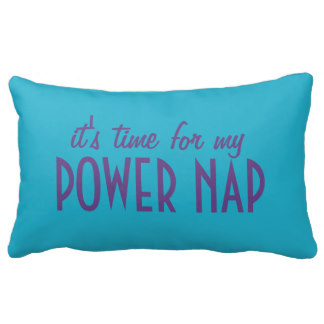Hypnosis and Sleep: Get the Hamster Off the Damn Wheel!
Hypnosis and sleep can be a match made in heaven if you’ve ever had those nights filled with tossing and turning. As for me, I can be a worrier. I’ll lie down and tell myself there’s nothing to worry about and to just go to sleep. Meanwhile, I’m awake most of the night trying to convince myself to relax. Needless to say, this technique has not worked well, and I don’t recommend it!
Using hypnosis is a much better option than the shut-up-and-go-to-sleep method.
Hypnosis and Sleep:
They're on the same wavelength
Hypnosis generates the identical wavelength pattern in your brain as the people who drift into sleep naturally.
It turns out that, when the brain is triggered to sleep (which for most people only requires going horizontal and putting their head on a pillow), it moves through various stages of activity that transition you from waking to sleeping.
You’ve felt these various stages of activity -- especially the first one.
Hypnosis and Sleep:
Stage 1
Stage one is processing, and unfortunately lots of insomnia sufferers get stuck in this stage, and the hamster just won’t get off the damn wheel.
Hypnosis and Sleep:
Stage 2
This is when your mind transitions to thoughts that are related to reality, but that have an aspect of fantasy to them. Maybe you imagine a conversation or meeting you’re going to have in the next few days, or you start to think about something you’d like to experience in the future. Because the future has no documented reality to it, this is often a place the brain takes us to achieve this kind of thinking.
Hypnosis and Sleep:
Stage 3
Stage three is when the fantasy aspects of whatever we’re thinking about really take over. If we were in a meeting in Stage Two, that meeting is suddenly taking place with the President or the Prime Minister, and we’re walking in a garden with them and they’re saying how they’d like to eat sushi for dinner. As you can imagine, there are a lot of similarities between this stage and the dream stage.
Hypnosis and Sleep:
Stage 4
This stage starts when we drift deeper, beyond the range of thought or images, and we’re asleep.
Hypnosis mirrors those stages exactly. By using hypnosis repeatedly, and associating these stages of brain activity generated in hypnosis to your normal sleeping environment, we re-connect the natural pattern of sleep you were born with, and then you’re free to sleep any time you lie down.
This process of re-conditioning takes most people between three and five weeks of consistent listening (once per day max, every other day is sufficient). ~parts adapted via NaturalHypnosis.com
|
TRY 10-MINUTE POWER NAP! |
Retrain your brain and body to fall asleep
Everything feels better after a good night's sleep. So when sleep is difficult life gets tough. Your immune system, your mood, your memory, and your relationships all suffer with poor sleep.
You've probably tried everything and anything to improve your sleep, as you know sleep is fundamental for good health and happiness. It's a vicious cycle, with one poor night's sleep blending into another until you have chronic insomnia. There may be obvious reasons impacting your sleep such as caring for a baby or small child, or shift-work but it may be daytime worries or other less obvious factors that are keeping you awake.
It really doesn't matter so much why you can't fall asleep, what you really need right now is to know how to fall asleep. Okay, so you'd get to sleep better if you avoid stimulants, switch off your screens and follow good sleep hygiene, but maybe that's not enough for you to find those elusive zzzzz's.

Happy Bed-Fellows
We all use “hypnosis” to fall asleep. Hypnosis is the natural gateway to sleep, helping you move from alertness, through REM all the way to deep, restorative, sleep. That's why using a hypnosis session when you're ready to fall asleep is a fast track to re-training your mind and body to sleep.
Guided hypnosis can be very effective for sleep because you’re essentially retraining your brain with the right kinds of messages for a good night’s rest.
Hypnosis and sleep enable you to finally let the hamster have some down time:)

